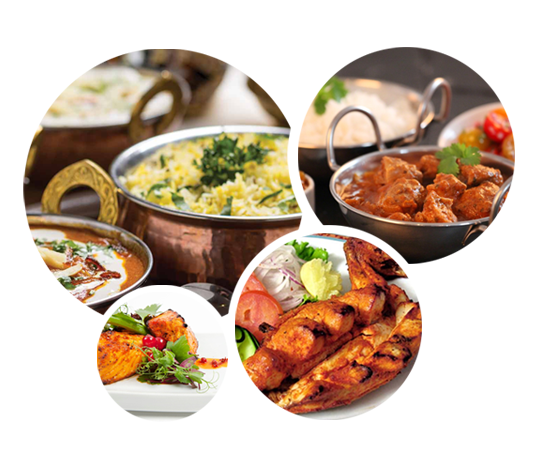Origin of a Classic: Poppy Seed Roll - Bake from Scratch
The Danube River moves at its own pace.Wide and slow in some places, rushing in others, it carves through 10 countries, linking cities and villages, languages and histories, before emptying itself into the Black Sea.It carries with it fragments of the past—whispers of empires, of merchants trading spices and silks, of bakers rolling out dough in warm kitchens, their hands dusted with flour, the air thick with the scent of yeast and toasted poppy seeds.
Along its banks, where the land is rich and fertile, fields of poppies sway in the breeze.The seeds, so small yet so full of meaning, have been harvested here for centuries, ground into rich pastes, sweetened with honey, stirred into cakes, folded into pastries.To make a poppy seed roll—makovník in Slovakia, mákos bejgli in Hungary, makowiec in Poland, and numerous other names and variations throughout central and eastern Europe—is to take part in something old and unchanging, a tradition carried forward in flour and sugar, in the careful spreading of filling, in the tight rolling of dough.
The history of the poppy seed roll is tangled in the region’s past, shaped by shifting borders, waves of migration, and the influence of empires.Some trace its roots to the Ottomans, who ruled parts of central Europe for more than a century, introducing filled pastries that may have inspired later variations.T
Foody Chum
Publisher: Bake from Scratc



